FUNDAMENTALS A Complete Guide for Beginners

Linux text editors are essential tools for users seeking efficient and customizable ways to create, edit, and manipulate text-based files in the Linux operating system. In Linux, a diverse array of text editors is available, each catering to different user preferences and requirements.
Types of Linux Text Editors
Linux offers a vast array of text editors that are diverse in simplicity, extensive customization, and powerful coding capabilities. Each of the editors serves different needs and preferences. These editors can be classified from different perspectives such as use-case and appearances. However, Linux text editors are generally classified into two types:
- CLI-based Text Editors
- GUI-based Text Editors
CLI-based text editors work within a command-line environment. On the other hand, GUI-based text editors offer a graphical user interface to ease usability.
CLI-based Text Editors in Linux
CLI (Command Line Interface) text editors operate within a command-line environment, such as the terminal in Linux. These editors have a minimalistic user interface and are often preferred by users who work extensively in the command line. Here are some of the most used CLI-based text editors in Linux:
1. Vi
Vi is a renowned text editor with a rich history in Linux and Unix environments. It is known for its simplicity and powerful command-line interface. Indeed, Vi is a go-to tool for developers and system administrators.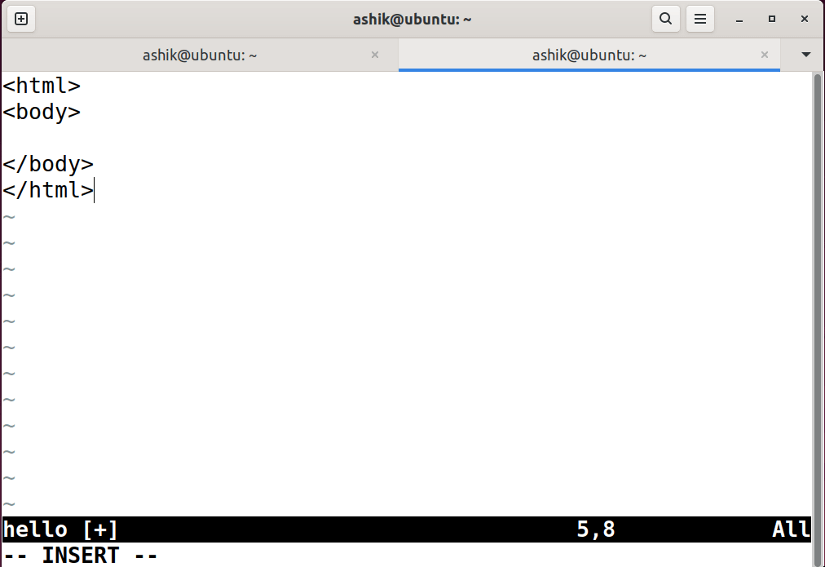
- Modal Editing: Unique modes for efficient navigation and content manipulation.
- Extensive Shortcuts: Accelerate editing tasks with a wide array of keyboard commands.
- Lightweight and Fast: Minimalistic design ensures quick startup and responsive performance.
- Command-Line Integration: Seamlessly integrates with the command line for versatile text editing on the fly.
2. Vim
Vim (Vi Improved) is a highly configurable and powerful text editor. It is an extended and improved version of the original Vi editor, which was a standard text editor on Unix-like systems. Besides, Vim is known for its efficiency, versatility, and extensive set of features.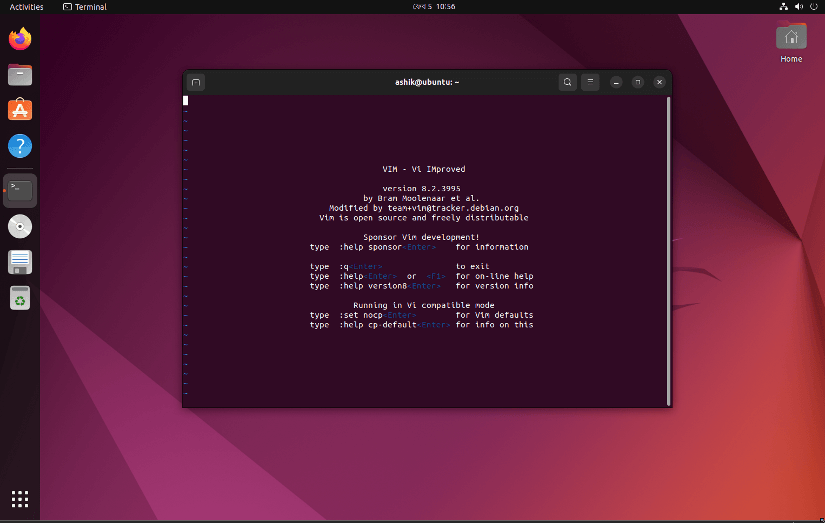
- Modal Editing: Swiftly switch between modes for different editing tasks.
- Customization: Tailor Vim to your workflow with a wealth of configuration options.
- Syntax Highlighting: Enhance code readability with built-in support for syntax highlighting.
- Extensions: Access a vast ecosystem of plugins to extend Vim’s functionality.
- Command-Line Integration: Seamlessly integrate Vim with the command line for efficient text manipulation.
3. Nano
Nano is a simple and user-friendly text editor for Unix-based operating systems, including Linux. It is designed to be easy to use, making it a popular choice for beginners and users who may not be familiar with more advanced or complex text editors like Vim.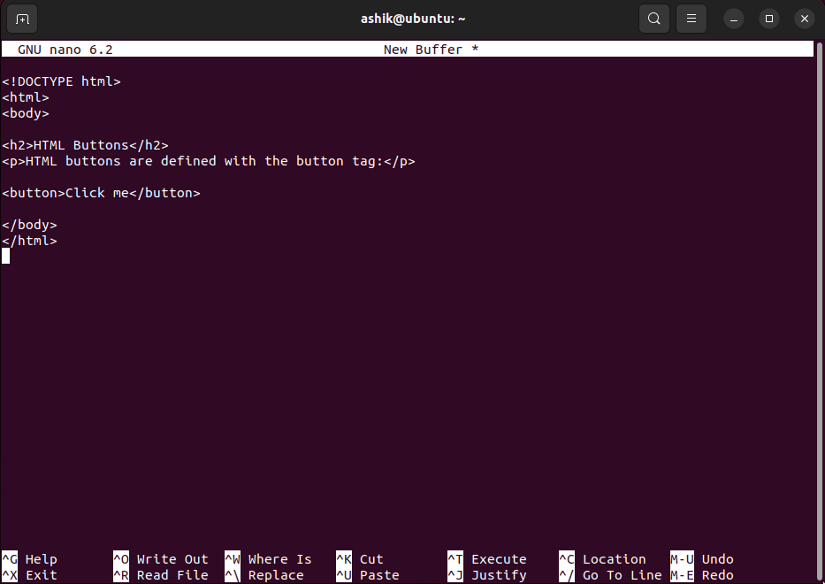
- User-Friendly Interface: Designed for simplicity, making it accessible for users of all levels.
- Basic Editing Functions: Offers essential editing features for quick and efficient text manipulation.
- Intuitive Keyboard Shortcuts: Straightforward keyboard commands for ease of use.
- Command-Line Accessibility: Allows users to perform quick edits directly from the command line.
- Lightweight and Fast: Minimalistic design ensures fast startup and responsive performance.
4. Emacs
Emacs is a highly extensible and customizable text editor that has evolved into a powerful and feature-rich platform. It can be considered an integrated development environment (IDE) due to its ability to support various programming languages. It is known for its extensive set of functionalities.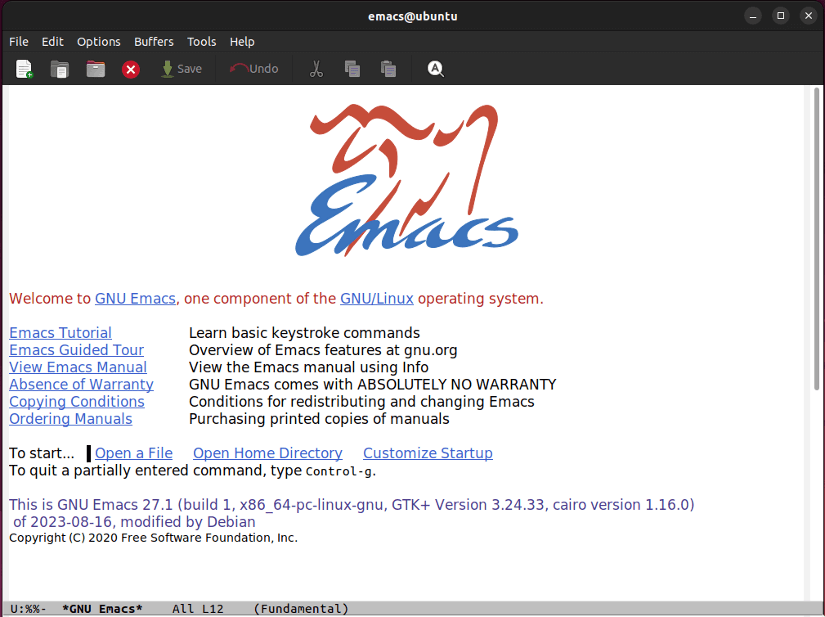
- Extensibility: Emacs’ unique design allows users to customize and extend its functionality extensively.
- Emacs Lisp: It is a powerful scripting language of Emacs to create custom functions and automate tasks.
- Multiple Modes: Supports various modes for different tasks, from coding to email and more.
- GUI and CLI Integration: Provides both a graphical interface and efficient command-line capabilities.
- Versatility: Beyond text editing, Emacs serves as a comprehensive environment for tasks like email, file management, and even games.
GUI-based Text Editors in Linux
GUI (Graphical User Interface) text editors in Linux provide a visual interface for users to interact with and edit text. These editors typically have buttons, menus, and other graphical elements that make them more user-friendly compared to command-line editors Here are some of the most used GUI-based text editors in Linux:
1. Sublime Text
Sublime Text is a popular and cross-platform text editor that is widely used by developers and other users for coding, text editing, and markup that is available for Linux, macOS, and Windows. It is known for its rich set of features that enhance the editing experience.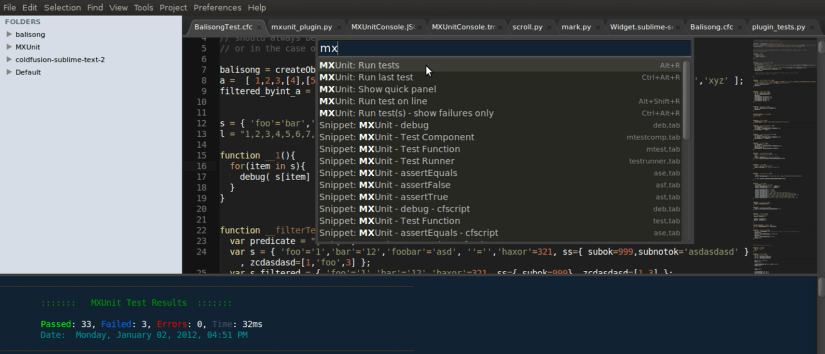
- Cross-Platform Compatibility: Sublime Text seamlessly operates across different operating systems, ensuring a consistent experience.
- Sleek User Interface: Offers a user-friendly interface for a visually appealing editing environment.
- Advanced Code Editing Features: It has sophisticated features such as syntax highlighting, auto-completion, and multiple selections.
- Plugin Support: Extensive support for plugins enables users to enhance and customize their editing experience.
2. Brackets
Brackets is a modern and open-source text editor designed specifically for web development. Recognized for its simplicity and focus on front-end technologies, Brackets provides a streamlined environment for coding HTML, CSS, and JavaScript.
- Live Preview: Instantly visualize changes in a web browser as you edit, facilitating real-time development.
- Inline Editors: Allows for quick edits within a document through inline editors, improving code efficiency.
- Extensibility: Brackets supports a range of extensions to tailor the editor to specific development needs.
- Preprocessor Support: Built-in support for popular preprocessor languages like LESS and Sass, enhancing CSS development.
3. VS Code
VSCode (Visual Studio Code) is a free source code editor developed by Microsoft. It has gained widespread popularity among developers for its robust feature set, extensibility, and cross-platform support. A vibrant extension marketplace and a user-friendly interface have made it uncompetitive.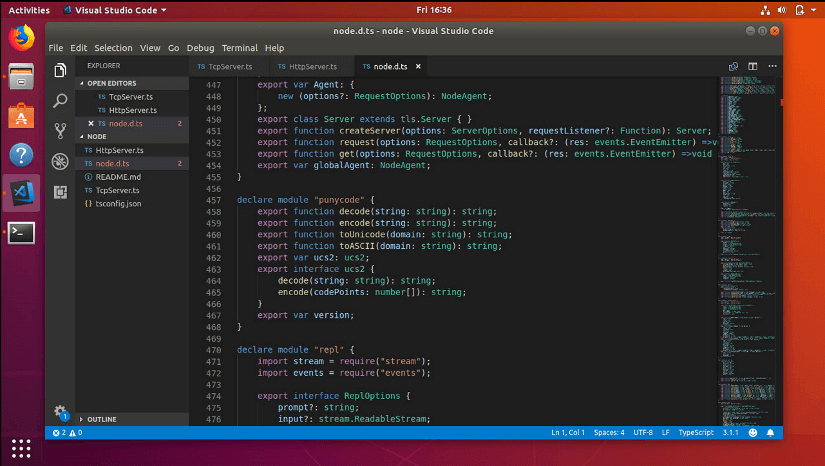
- Code Completion: VSCode’s IntelliSense provides context-aware suggestions, enhancing coding speed and accuracy.
- Rich Extension Ecosystem: A vast marketplace of extensions allows users to tailor VSCode to their specific needs, expanding its capabilities.
- Cross-Platform Compatibility: Ensures support across Windows, macOS, and Linux.
- Debugging Tools: Built-in debugging tools facilitate efficient code debugging and troubleshooting directly within the editor.
- Integrated Git Support: Integration with Git simplifies version control directly within the editor.
4. Atom
Atom is a free and open-source text editor developed by GitHub available for Linux, MacOS, and Windows. It is known for its flexibility, modern interface, and extensive customization options. Undoubtedly, Atom can be a compelling choice for a wide range of coding and text editing tasks.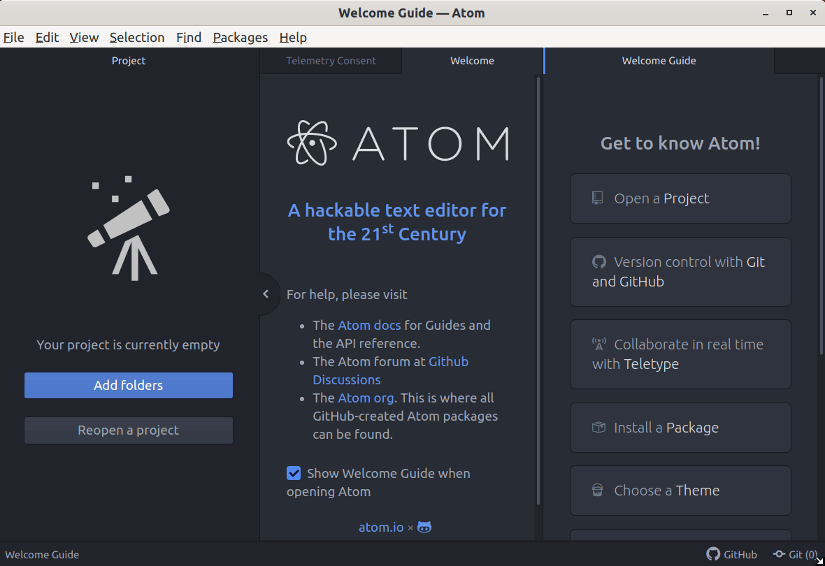
- Intuitive Interface: Offers a clean and customizable workspace with syntax highlighting, autocompletion, and multiple panes for efficient code editing.
- Smart Autocompletion: Provides intelligent autocompletion suggestions based on the context, streamlining the coding process.
- Customizable: Atom’s core is written in CoffeeScript and uses CSS for styling, making it highly customizable for advanced users.
- Built-in Git Control: Integrates seamlessly with Git i.e. allows to stage, commit, and push changes directly from within the editor.
Applications of Linux Text Editors
Generally, Linux text editors have applications in software development, system administration, and general text editing tasks. Here are some other common applications of Linux text editors:
- Code Editing: Text editors are widely used for writing and editing code in various programming languages. They provide syntax highlighting, auto-indentation, and other features that aid in writing and maintaining code.
- Configuration Files Editing: CLI-based editors such as “Vim” and “Nano” provide a direct and efficient way to edit system configuration files in Linux.
- Scripting: Text editors are essential for creating and editing shell scripts, Python scripts, and other types of scripts used for automation, system tasks, web development (HTML, CSS, JavaScript, etc), and programming.
- Server Administration: Server system logs and application logs are often in plain text format. In this case, text editors help administrators and developers analyze log files to troubleshoot issues, monitor system activities, and identify errors.
- Quick Notes and Drafts: Text editors are handy for jotting down quick notes, creating to-do lists, and drafting emails or documents without the need for a full-fledged word processor.
- Text Processing and Data Manipulation: Text editors are used for processing and manipulating text data, such as log files or CSV files, providing a quick and effective way to make modifications.
Comparison Criteria of Linux Text Editors
When comparing Linux text editors, several criteria can be considered to assess their suitability for different tasks and user preferences. Here are some key comparison criteria:
- Ease of Use: Asses how user-friendly the editor is, especially for newcomers to Linux or text editing in general.
- Customization: Evaluate the level of customization to individual workflows.
- Editing Features: Editors that support smart editing features such as syntax highlighting, auto-completion, search & replace, etc features are considered better.
- Speed and Responsiveness: Consider the editor’s speed and responsiveness, particularly when handling large files or complex codebases.
- Supported Languages: Check which programming languages are well-supported, especially for developers who work with multiple languages.
- Platform Compatibility: Whether the editor is compatible with various operating systems.
- Integration with Other Tools: Whether the editor integrates well with version control systems like Git for streamlined collaboration.
- Updates: Consider whether the editor receives regular updates to ensure compatibility with the latest technologies and security patches.
Conclusion
In conclusion, Linux text editors serve as versatile tools for users to efficiently manipulate and manage text-based content. Whether it’s the simplicity of Nano, the power of Vim, or the flexibility of Emacs, each editor offers unique features tailored to different preferences and enriches the Linux user experience.
People Also Ask
Does Linux have a text editor?
Yes, Linux has several text editors. Some of the popular ones include Nano, Vim, and Emacs, providing users with versatile options for manipulating text-based content.
How do you edit text in Linux?
To edit text in Linux, you can use various editors like Nano, Vim, or Emacs. Use commands like nano to open Nano, vim for Vim, or emacs for Emacs in the terminal. Navigate, edit, and save text within these editors, each offering unique features and commands for efficient text manipulation.
Is Vi and Vim the same?
No, Vim (Vi Improved) is an enhanced version of the original Vi text editor. While Vi and Vim share many commands and functionalities, Vim introduces additional features and improvements, making it a more powerful and versatile text editor.
What is the default Linux text editor?
The default text editor varies among Linux distributions. For example:
- Ubuntu and Debian: Nano
- Red Hat and Fedora: Vim (Vi in some cases)
- Arch Linux: Vi
How do I edit content in Linux?
To edit content in Linux, use a text editor like Nano, Vim, or Emacs. Open a terminal and enter commands such as nano [filename], vim [filename], or emacs [filename] to access the editor. Navigate, make edits, and save changes using the respective commands provided by the chosen text editor.
Related Articles
- What is Text Editor in Linux?
- Default Text Editor in Linux [Check, Set, and Change]
- Linux Text Editors Comparison
- Vim in Linux
- An Overview of Emacs Text Editor in Linux
- VSCode in Linux
<< Go Back to Learn Linux Basics



